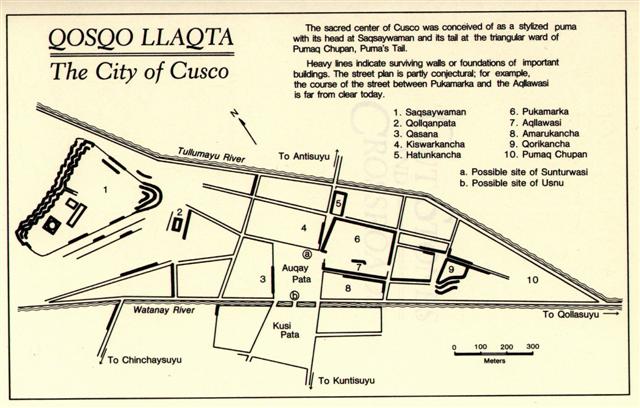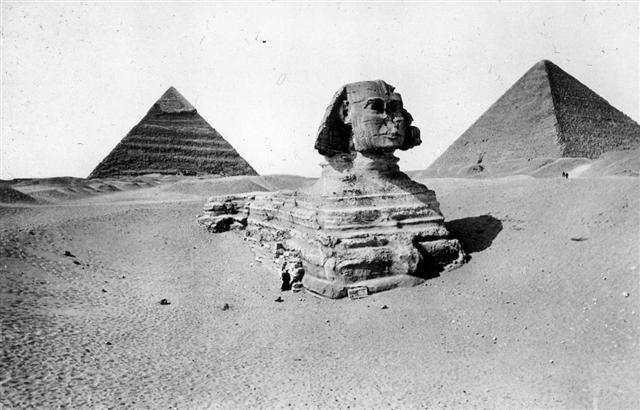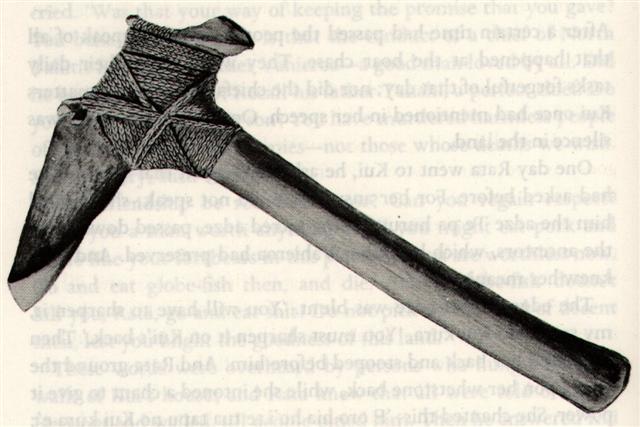8. In other words, the Lion (Sun King) met with his destiny after the summer solstice, he lost his feet and became like a woman.
He was transformed into a liquid state between the stars δ (Zosma) and θ (Coxa):
This was common knowledge all over the world in ancient times. A map over Cuzco confirms it (here with the Puma as the Lion):
And in ancient Egypt there was the Sphinx - a male head on the body of the Lion Queen:
It has been debated how it was possible that her body could have been marked by torrents of water - some saying this had to be a sign of exceedingly high age, because the desert is arid and much rain was present only in the millenia following the last ice age. However, people capable of building pyramids could easily have sprinkled water on the back of the great Lion. Anyhow, the solstices motivated the creation of stone monuments also before the time of the pyramids and of Stonehenge:
... The Mnajdra Temple is located on Malta and very ancient, dating to the time before the pyramids. Marija Gimbutas: 'To sleep within the Goddess's womb was to die and to come to life anew'. In a system of reincarnation the old one must die in order to be reborn, of course. At midsummer Sun comes to a standstill, and this must therefore be an occasion when the 'flame of life' had to be transported into a new body. ... Then I become aware of ... a presence - a faint, ghostly glimmering, like moonglow, that has appeared on the solstice stone. I don't know how long it lasts, a second or two only I would guess, but while it is there it seems less like a projection - which I know it to be - than something immanent within the stone itself. And it seems to function as a herald for it fades almost as soon as it has appeared and in its place the full effect snaps on - instantaneously. It wasn't there, and then it's there. As Chris had described, the effect does curiously resemble a poleaxe, or a flag on a pole, and consists of a 'shaft', narrow at the base but widening a little towards the top, running up the left hand side of the solstice stone, surmounted by a right-facing 'head' or 'flag'. An instant later an almond-shaped spot of light, like an eye, appears a few centimeters to the right of the 'flag' and the effect is complete. Weirdly - I do not claim it has any significance - this flag-on-a-pole symbol is the ancient Egyptian hieroglyph neter, meaning 'god', or 'a god' - and not to be understood at all in the Judaeo-Christian usage of that word but rather as a reference to one of the supernatural powers or principles that guide and balance the universe. Manifested here, in this strange Stone Age temple, it glows, as though lit by inner fire.' Neter, the Egyptian hieroglyph for 'God', could be equivalent to the toki type of glyph:
|









